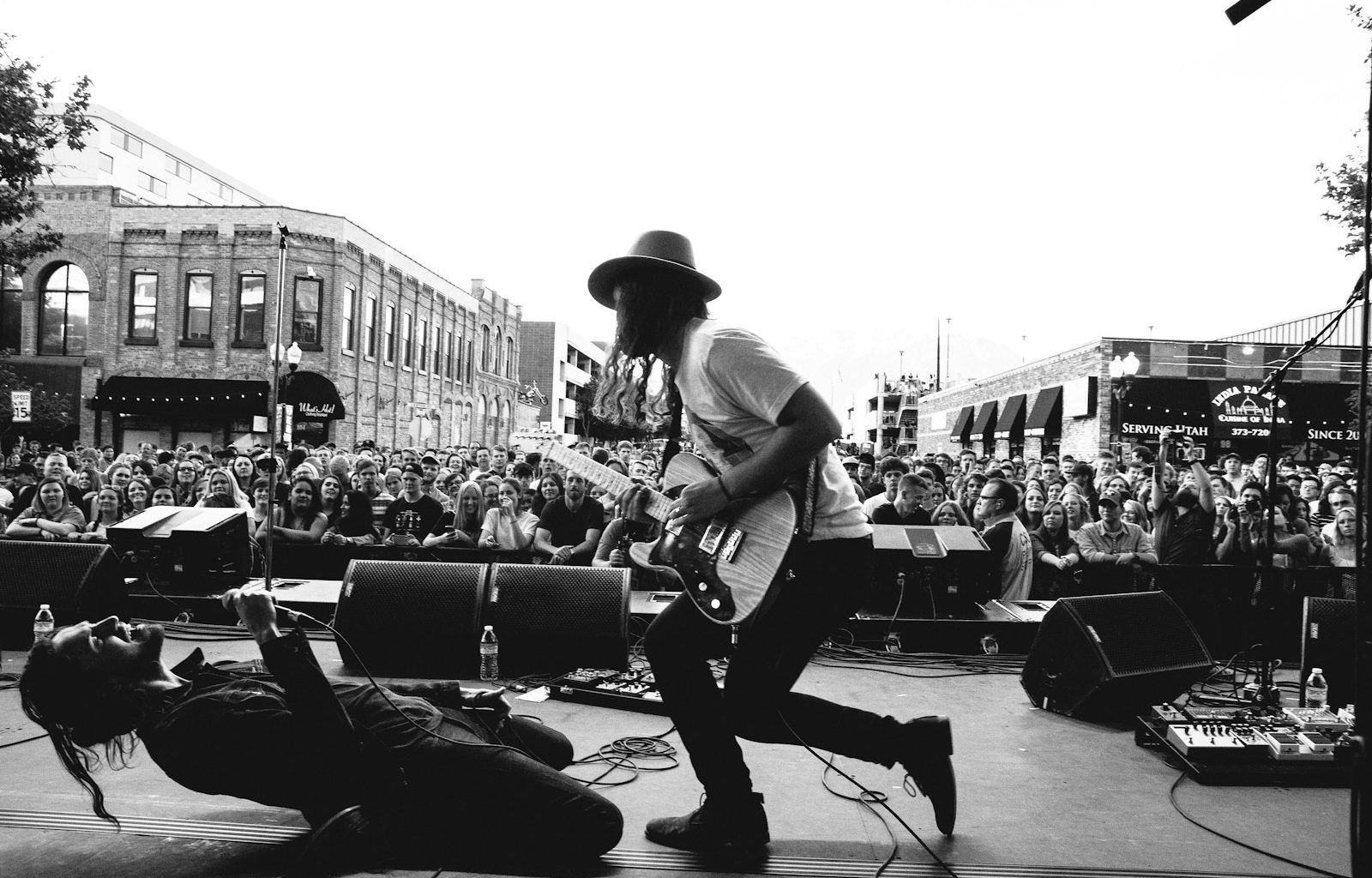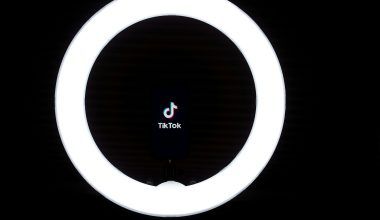In today’s digital age, music platforms like iTunes have become a goldmine for independent artists and bands looking to earn from their passion. If you’re an artist wondering how to monetize your song on iTunes, you’re in the right place. This guide will take you through every step in a way that’s simple, clear, and achievable. Whether you’re a beginner or already familiar with some aspects of music distribution, you’ll find valuable tips here.
Why Should You Monetize Your Song on iTunes?
Before we dive into the steps, let’s talk about why you should consider iTunes for your music. iTunes is one of the oldest and most respected platforms for digital music sales. Unlike streaming platforms, where payouts are based on plays, iTunes allows fans to purchase your songs outright. This can mean higher earnings per sale and better engagement with your audience. Plus, being on iTunes adds credibility to your music career.
Step 1: Prepare Your Song for Release
The first step to monetizing your music on iTunes is to ensure your song is ready for the world. Think of it as preparing for a grand performance. Here’s what you need to do:
- High-Quality Recording: Your song should be professionally recorded and mastered. People are paying for your music, so make sure it sounds polished.
- Choose a Compelling Title: The title of your song can make or break its appeal. Go for something catchy and reflective of your music.
- Album Artwork: A visually appealing album cover is essential. Ensure it meets iTunes’ specifications (minimum 3000 x 3000 pixels, JPG or PNG format).
Step 2: Register Your Music Rights
To earn from your song, you need to protect your rights. This ensures no one else can claim ownership or royalties for your work. Here’s how to do it:
- ISRC Code: Obtain an International Standard Recording Code (ISRC) for your track. This unique identifier helps track sales and royalties.
- Copyright Registration: Register your song with your country’s copyright office. In the U.S., for example, this can be done online through the Library of Congress.
- Performing Rights Organization (PRO): Join a PRO like ASCAP, BMI, or PRS to collect royalties for public performances.
Step 3: Choose a Music Distributor
You can’t upload your song to iTunes directly; you need a distributor. These services act as a bridge between you and platforms like iTunes. Here’s what to look for:
- Reputation: Go with a distributor that has a proven track record, such as DistroKid, TuneCore, or CD Baby.
- Cost: Some distributors charge a flat fee per song, while others take a percentage of your earnings. Pick one that suits your budget.
- Features: Check if they offer additional services like playlist pitching or analytics tools.
Step 4: Set Up Your iTunes Release
Once you’ve chosen a distributor, it’s time to upload your song. Follow these steps carefully:
- Fill Out Metadata: Provide all the necessary details about your song, including title, artist name, genre, and release date.
- Set Pricing: Decide whether you want to sell your song as a single or as part of an album. Most singles on iTunes are priced between $0.99 and $1.29.
- Select Territories: Choose where you want your song to be available. Opt for worldwide distribution to reach the largest audience.
- Schedule Your Release: Set a release date that gives you enough time to promote your song before it goes live.
Step 5: Promote Your Song
Having your song on iTunes is only half the battle; now you need to make sure people know about it. Here are some effective strategies:
- Social Media Campaigns: Share behind-the-scenes content, teasers, and links to your iTunes page on platforms like Instagram, Twitter, and Facebook.
- Email Marketing: Build an email list of your fans and let them know about your release. Include a direct link to your song on iTunes.
- Collaborate with Influencers: Partner with influencers in your niche to amplify your reach. They can help promote your song to their audience.
- Create a Landing Page: Use tools like Linktree to create a single link that directs fans to your iTunes page and other platforms.
Step 6: Track Your Earnings
Once your song is live, it’s essential to keep track of your sales and royalties. Here’s how:
- Distributor Dashboard: Most distributors provide a dashboard where you can view your sales and earnings.
- Analytics Tools: Use tools like Chartmetric or Songstats to get detailed insights into your song’s performance.
- Keep Records: Maintain detailed records of your income for tax purposes.
Step 7: Optimize Your Next Release
Monetizing your music on iTunes is an ongoing process. After your first release, analyze what worked and what didn’t. Here are some tips:
- Gather Feedback: Ask your fans for feedback on your song and promotional efforts.
- Experiment with Genres: If your current style isn’t resonating, don’t be afraid to explore new genres or themes.
- Build Your Brand: Consistently engage with your audience on social media and at live events to strengthen your fan base.
Conclusion
Learning how to monetize your song on iTunes is a rewarding journey. It’s not just about earning money; it’s about sharing your art with the world and building a career you’re proud of. By following these steps, you can take control of your music’s destiny and ensure it reaches its fullest potential. So, don’t wait—start your journey today and let iTunes help you turn your passion into profit.
For further reading, explore these related articles:
- How to Import a Song to Spotify: A Complete Guide
- The Best Band Merch Sites: A Music Lover’s Ultimate Guide
- How to Find Spotify Artist URI
For additional resources on music marketing and distribution, visit DMT Records Private Limited.






